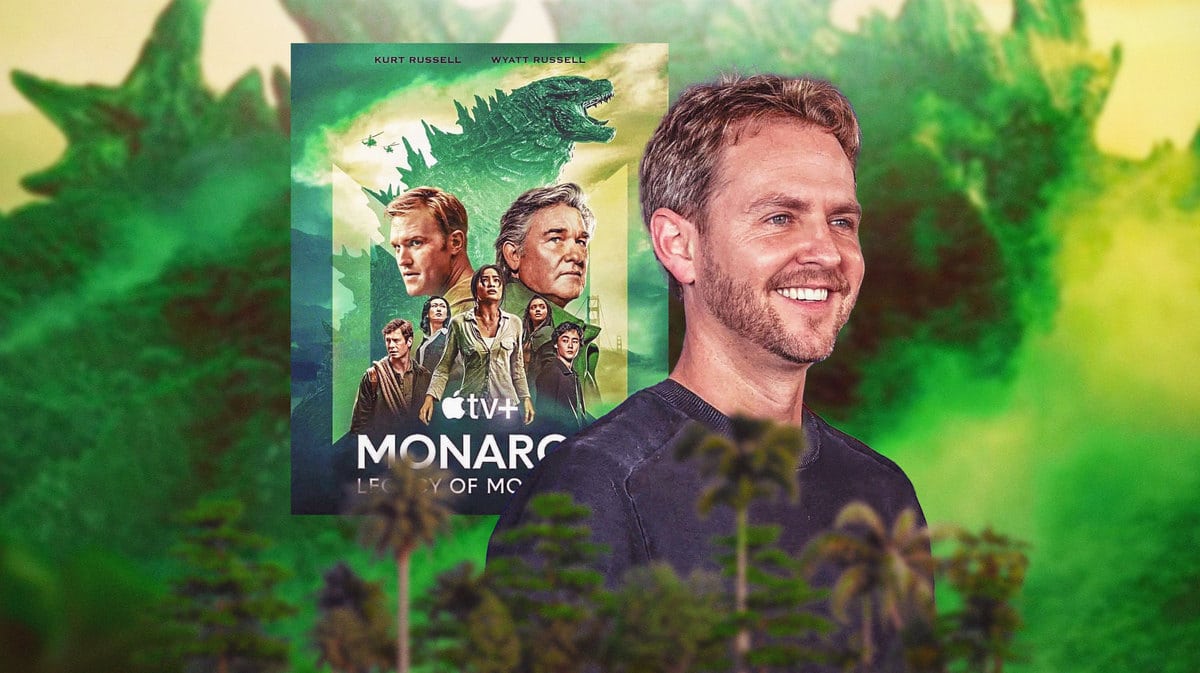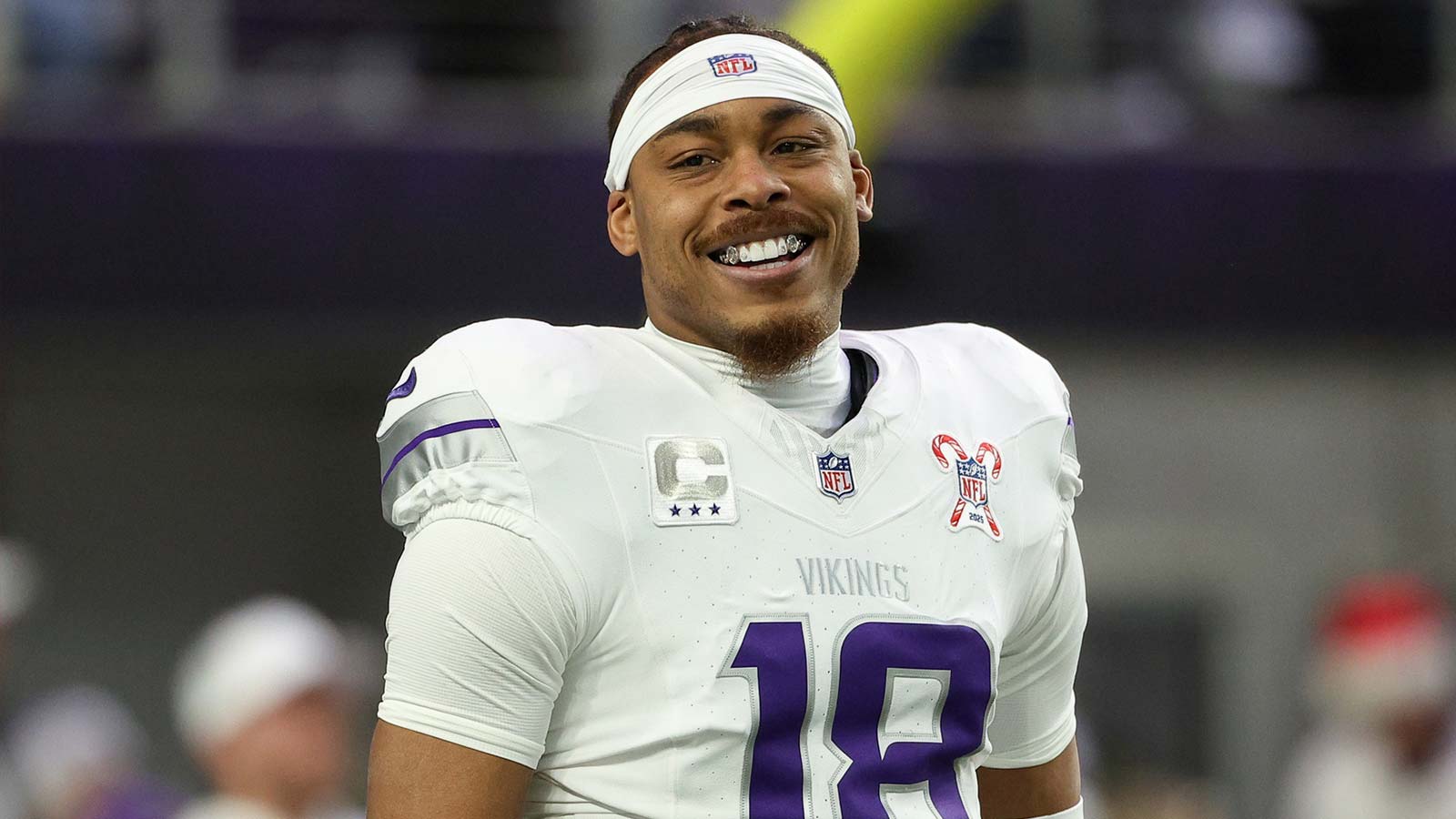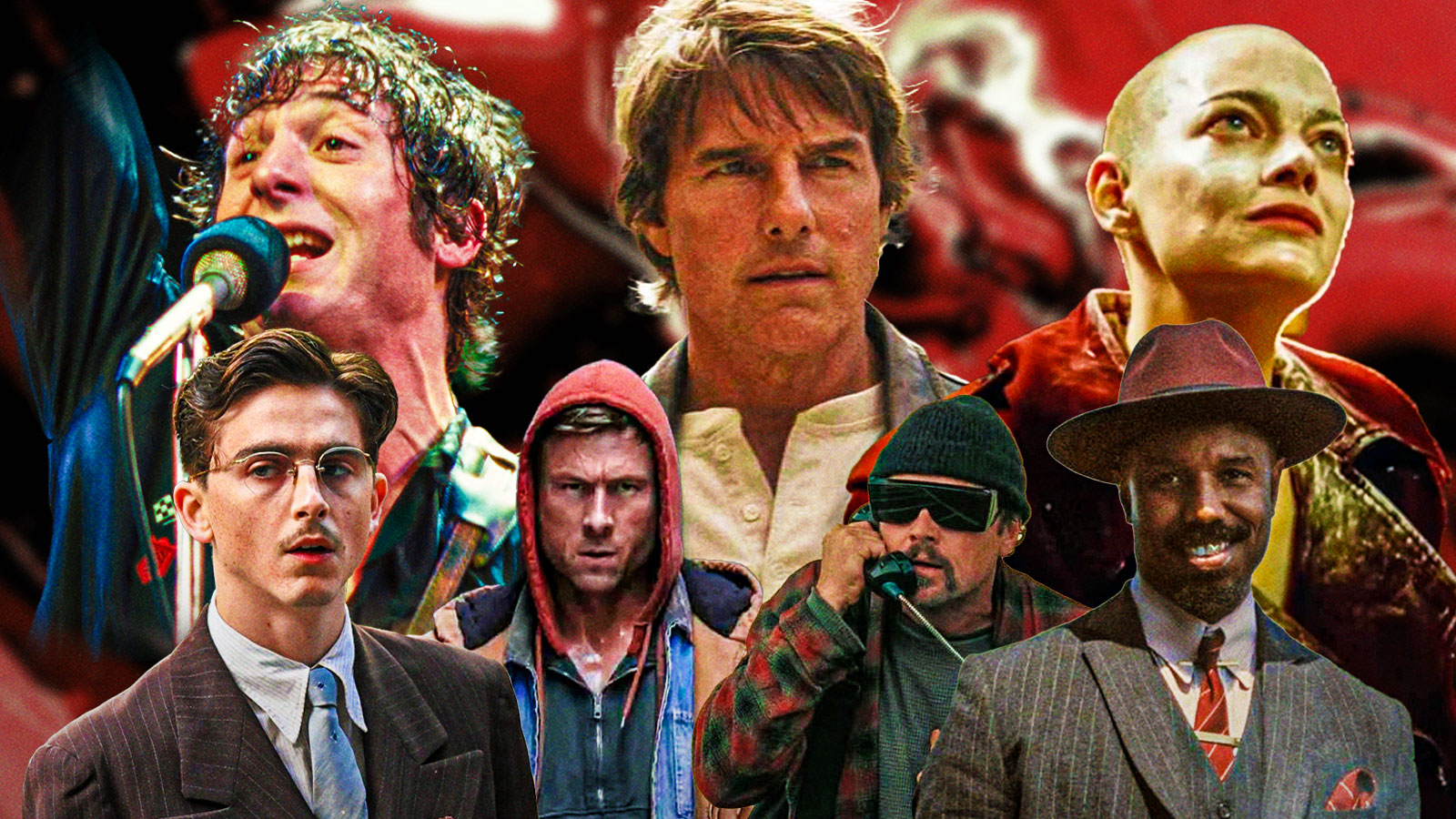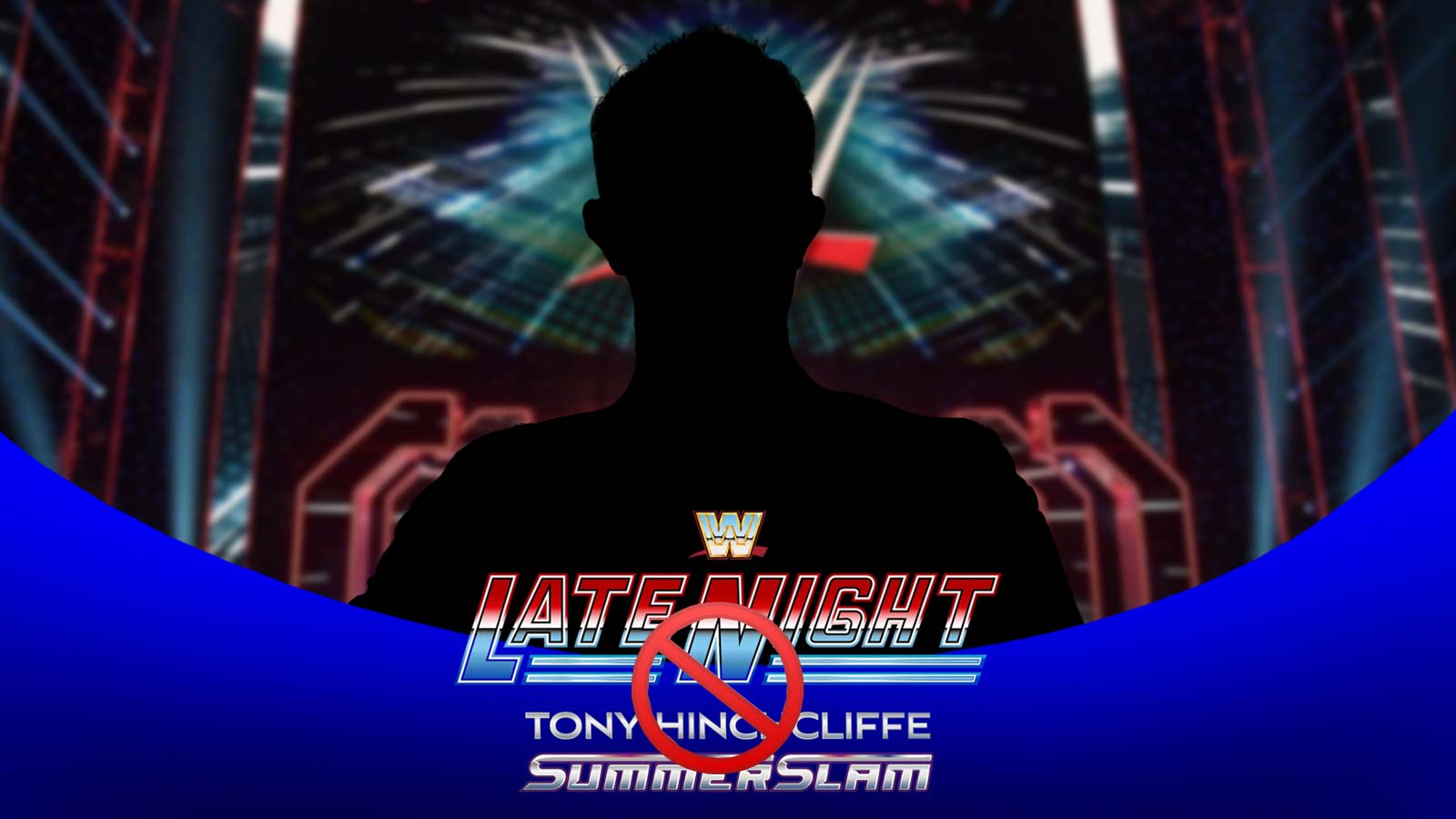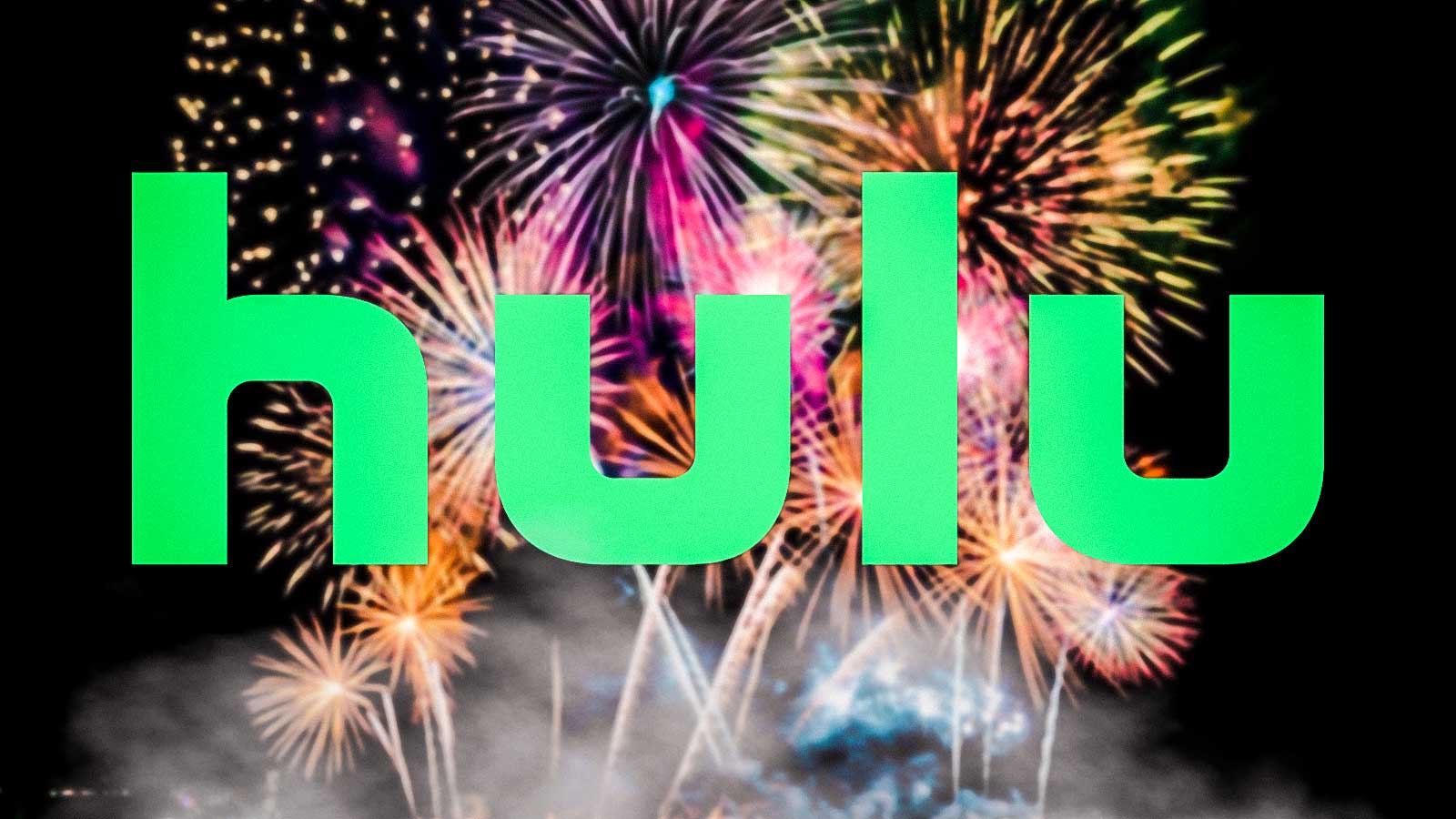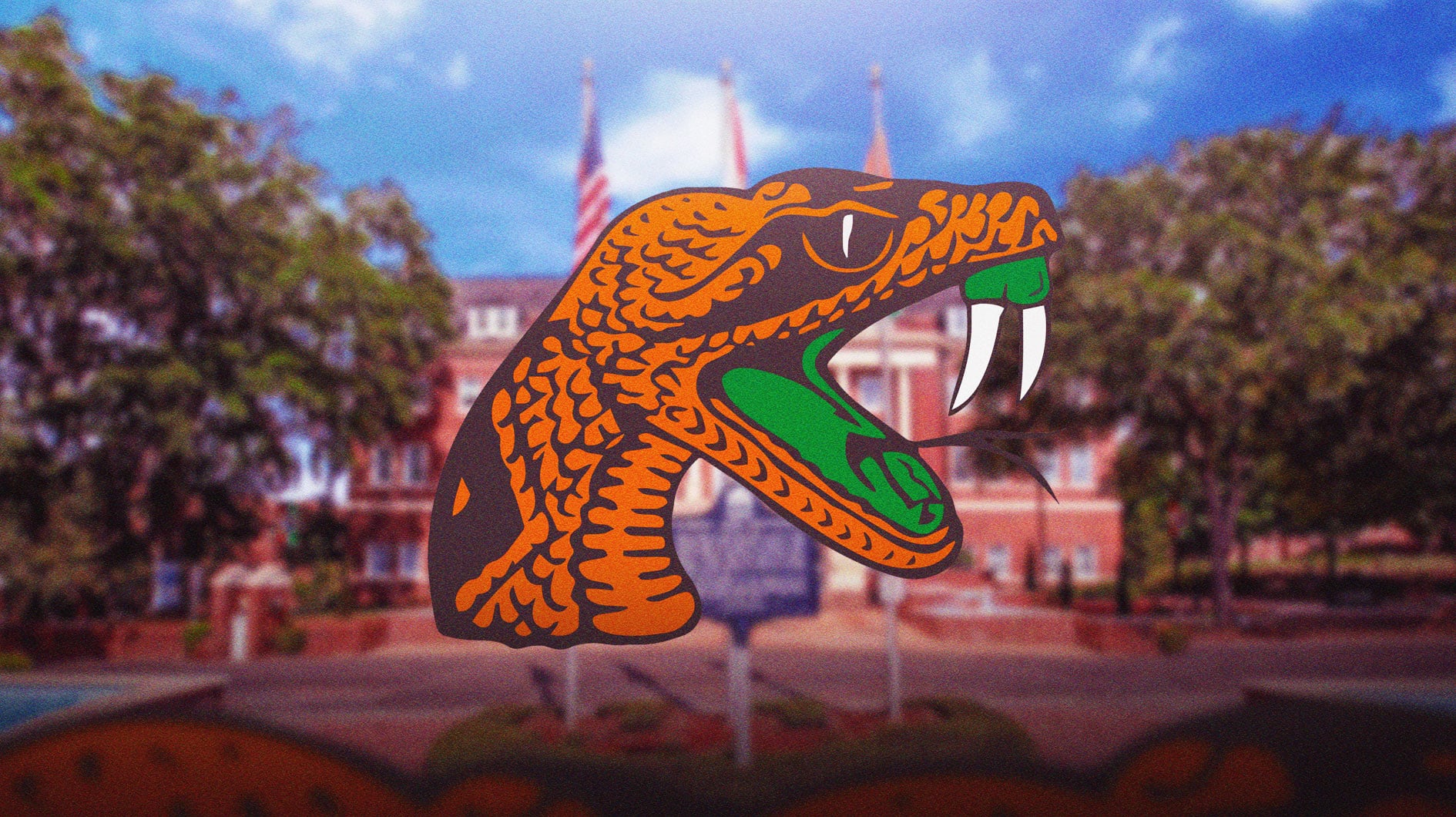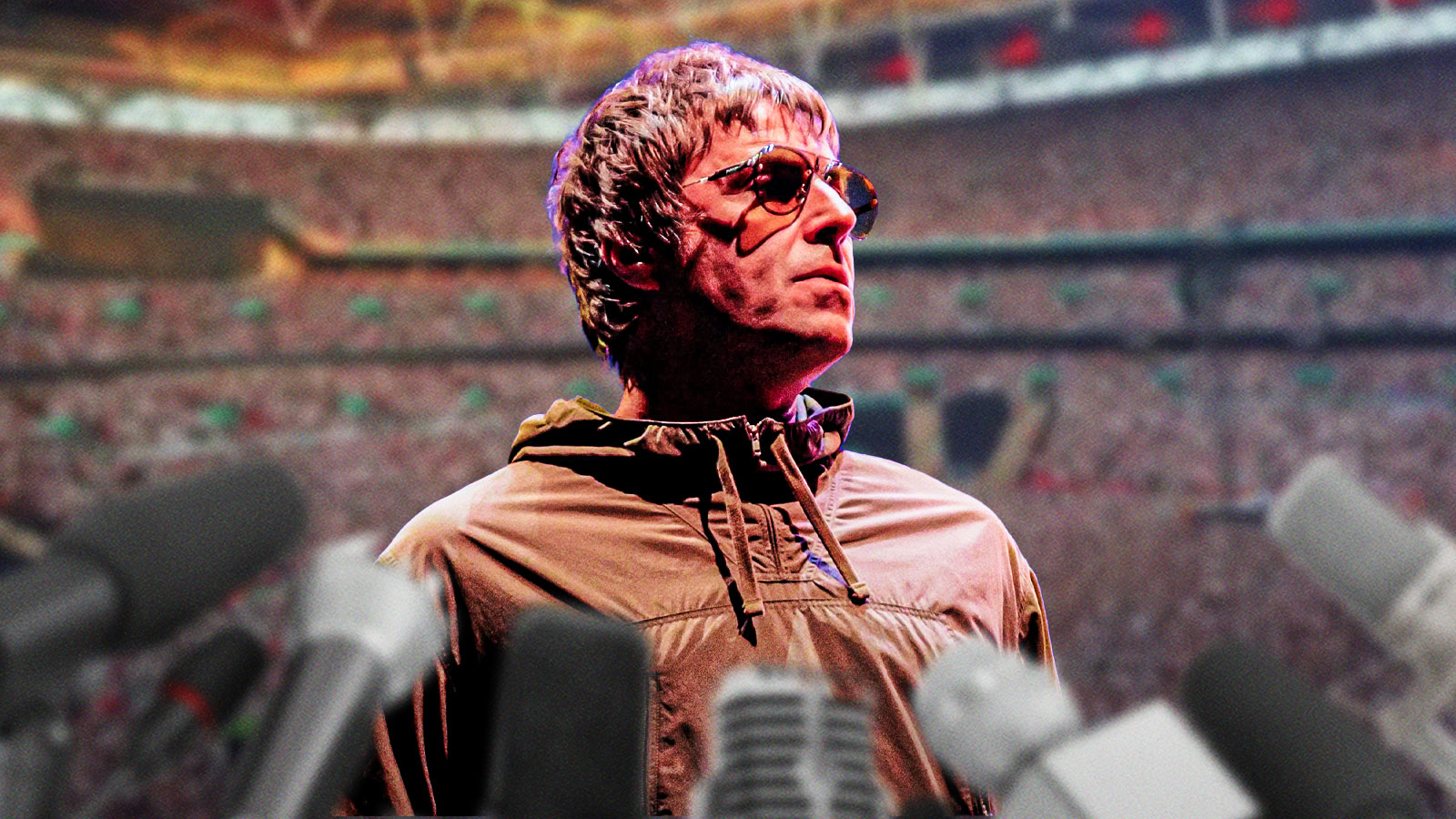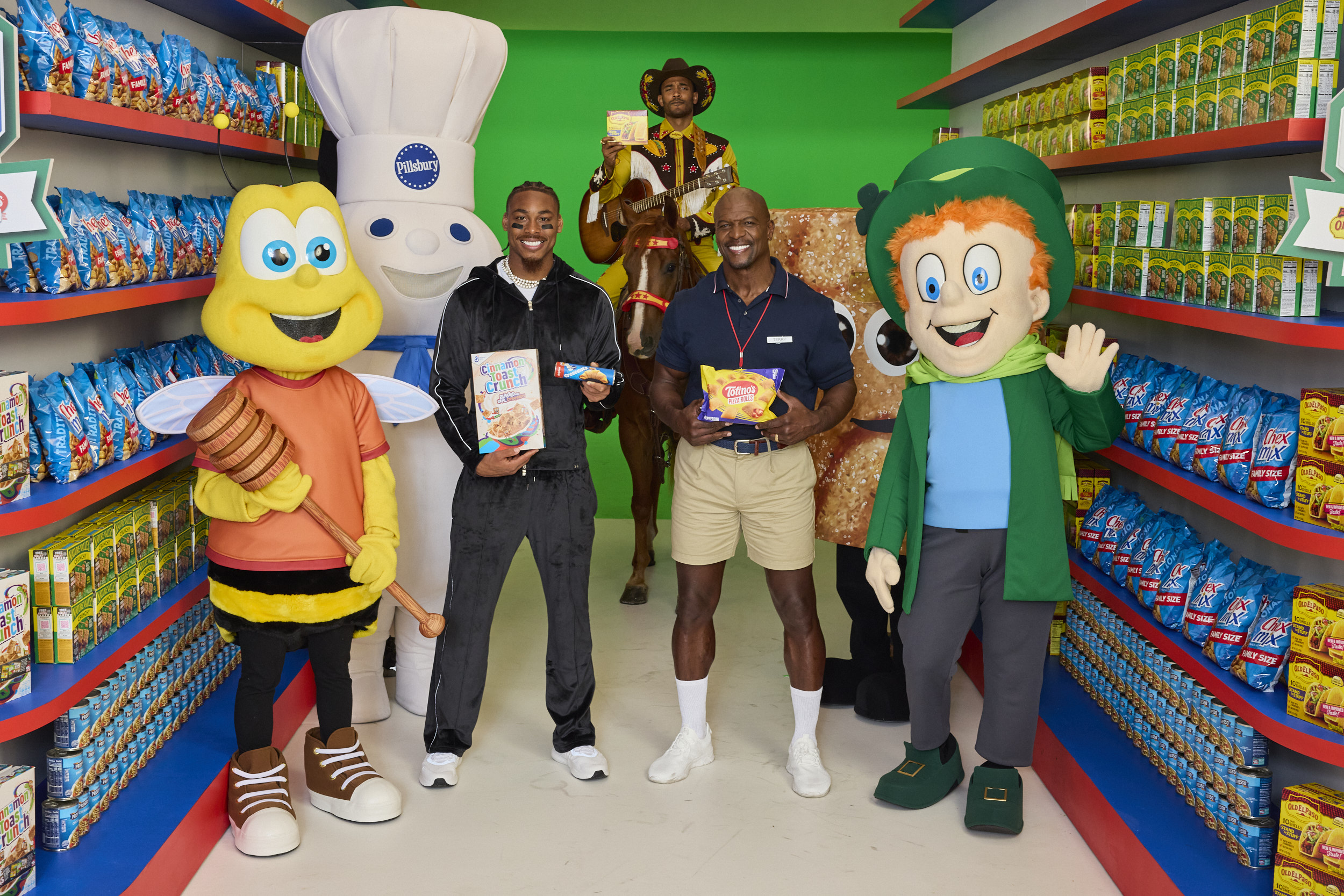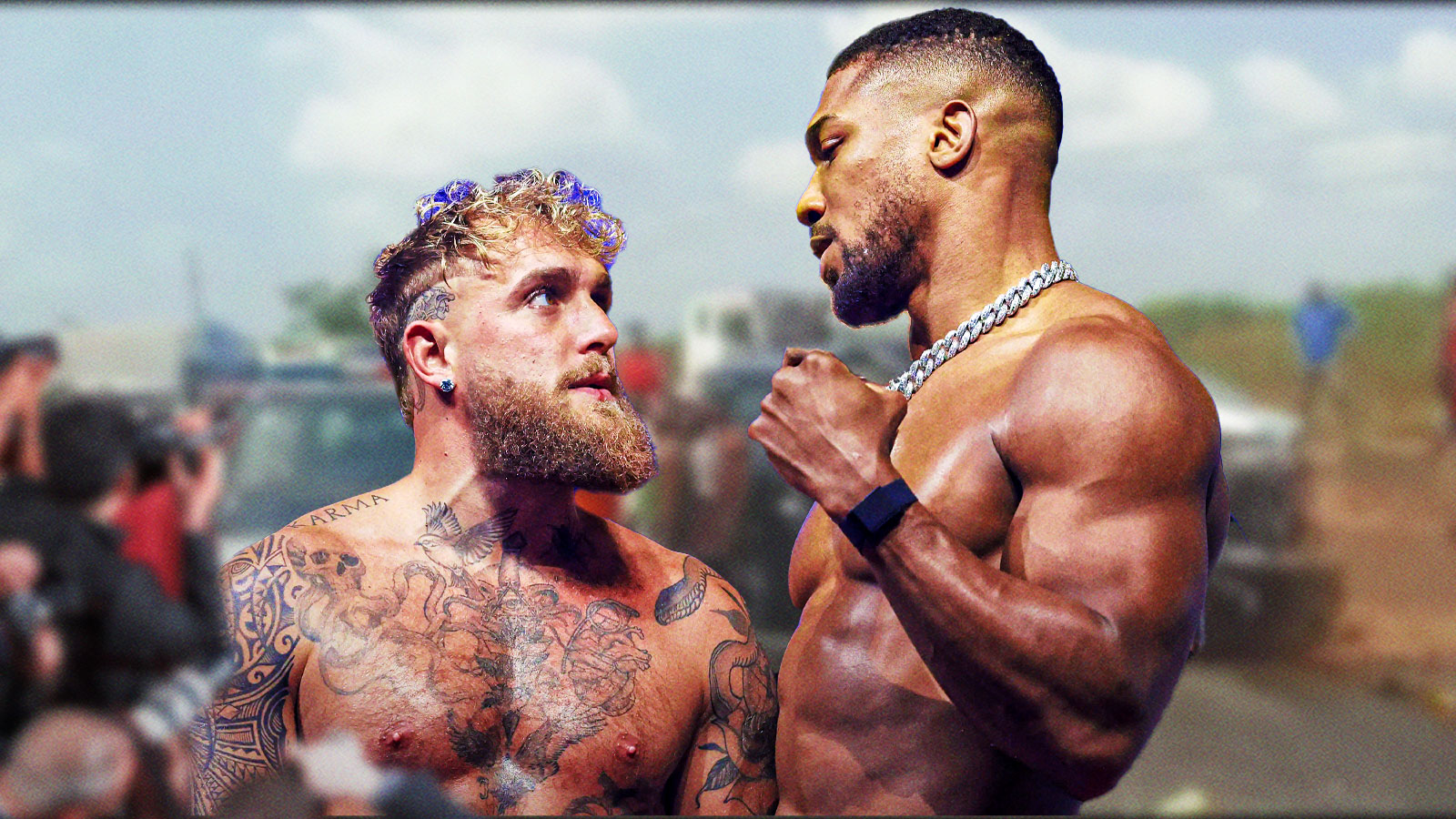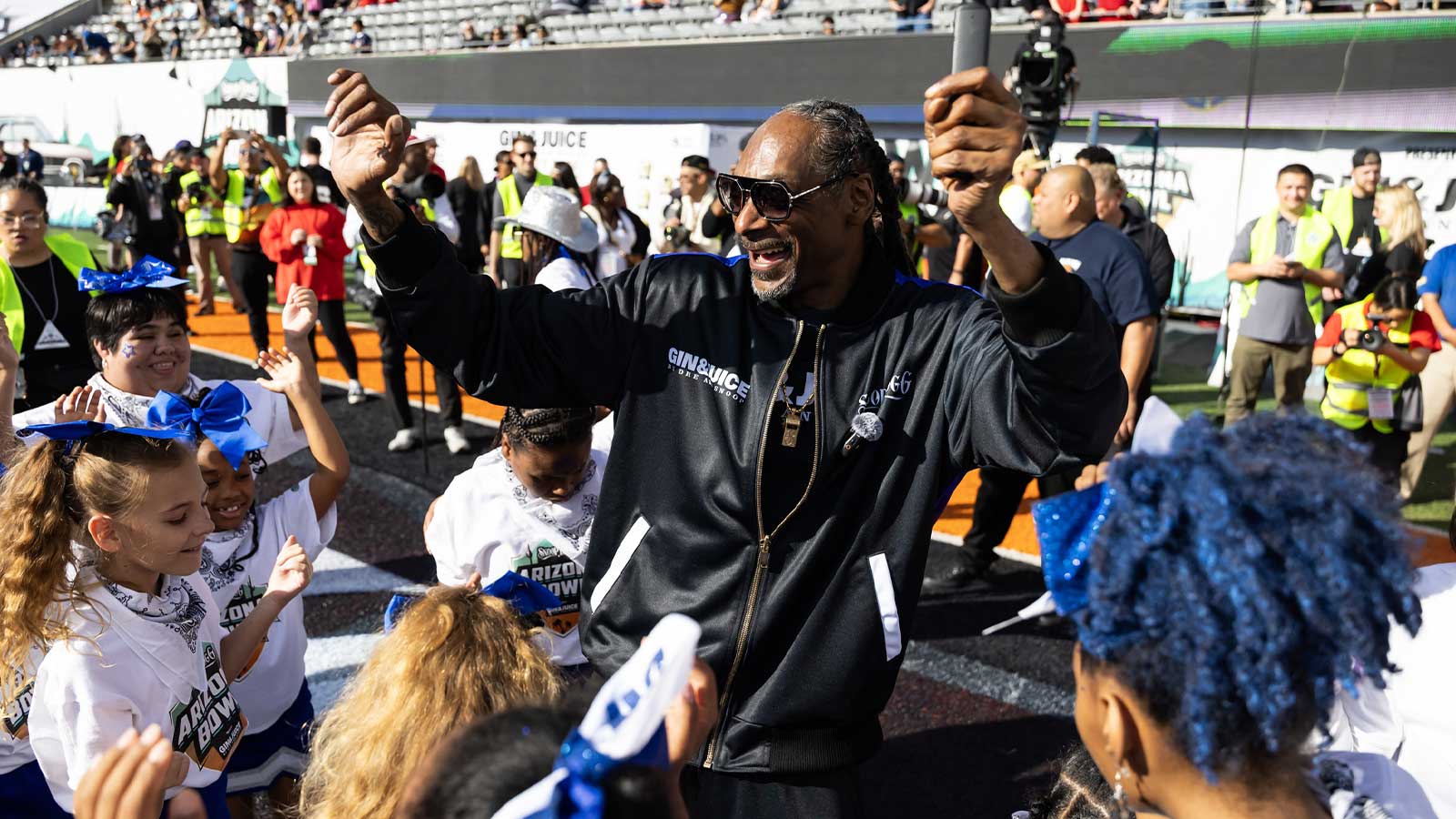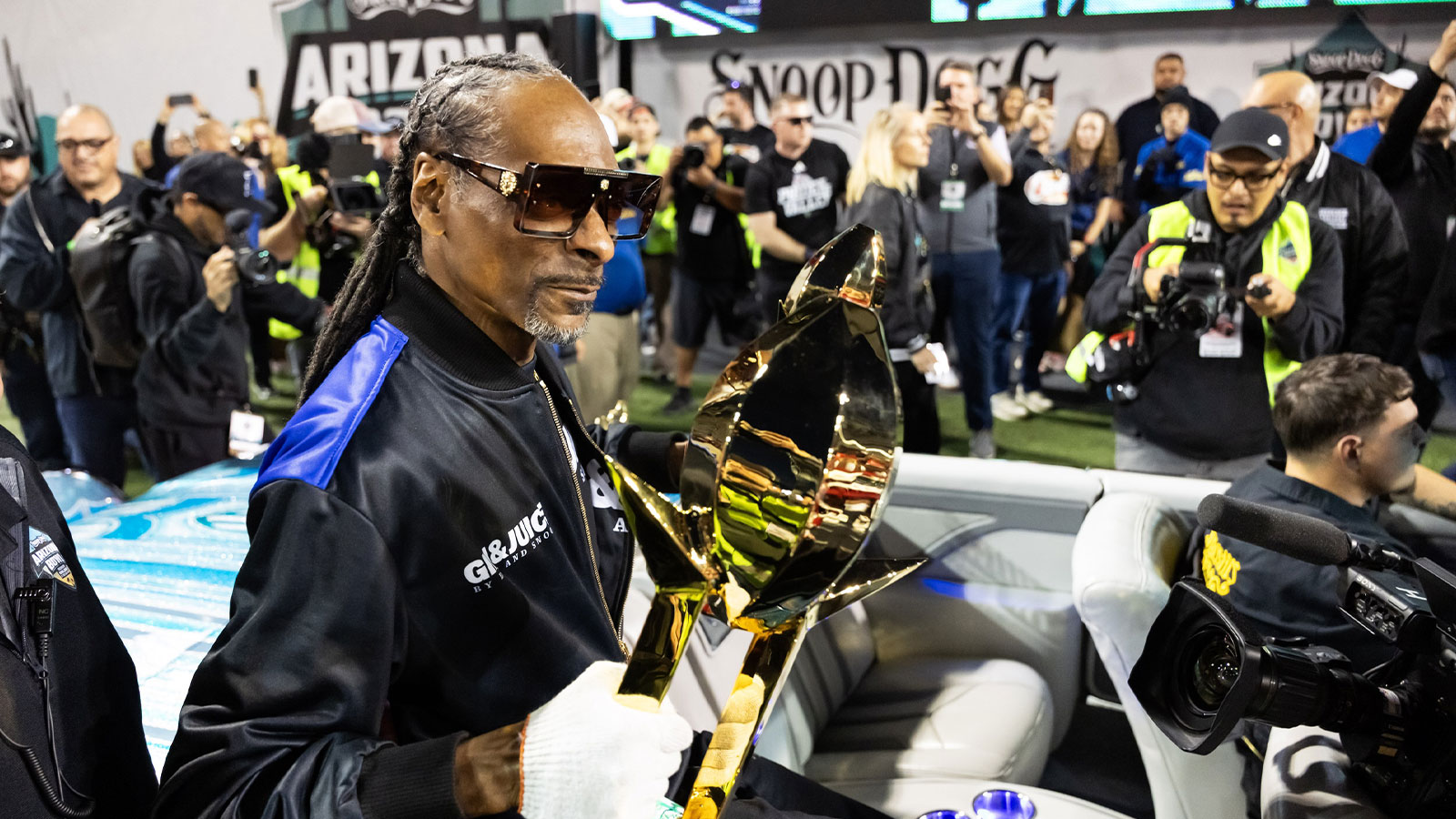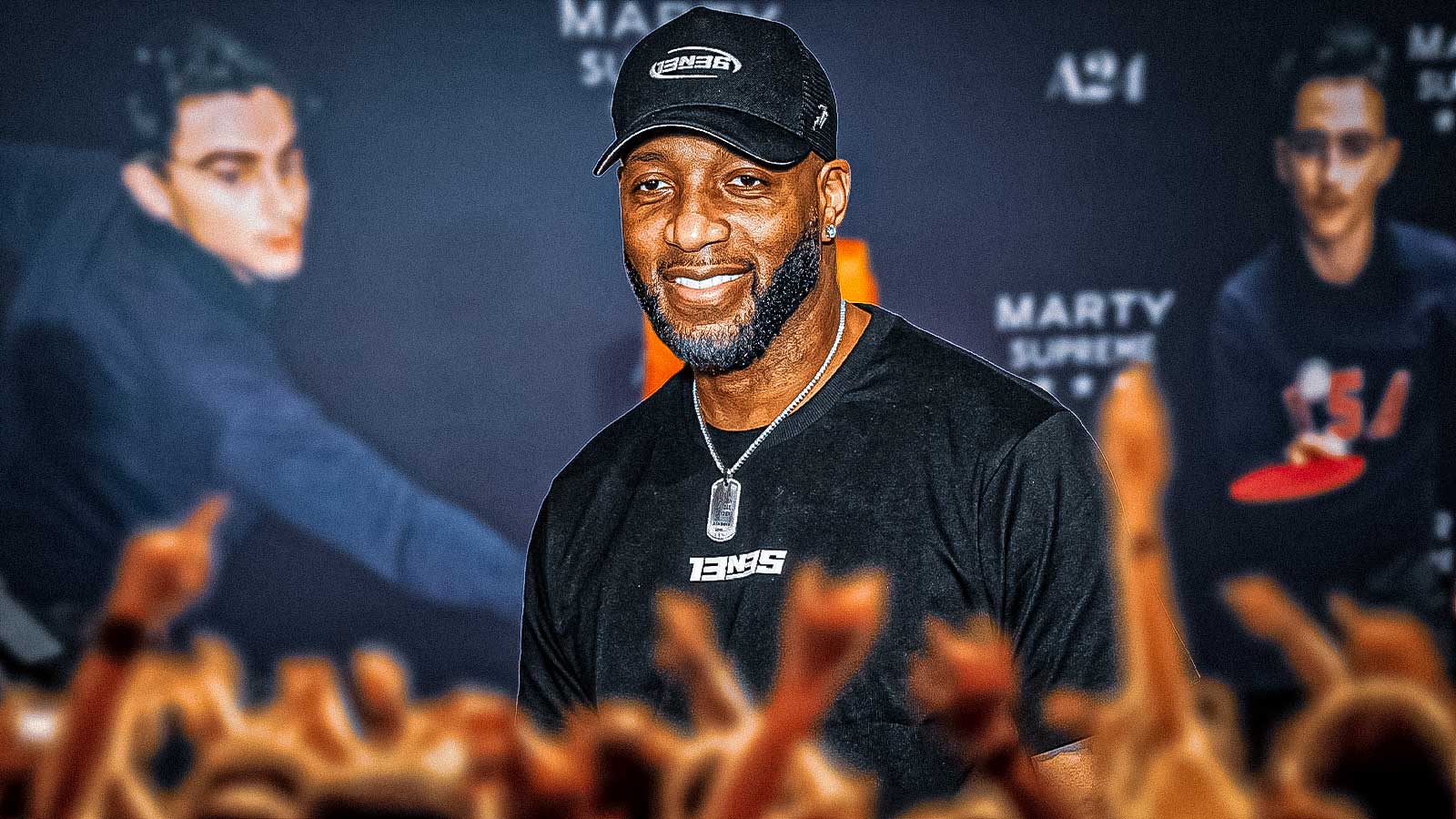Do you remember back in school when you had to present in front of the class? It was always nerve-wracking, but I was taught to go first and get it done. That's what Matt Shakman (Fantastic Four) did with Monarch: Legacy of Monsters.
The MCU director helmed the first two episodes of the new MonsterVerse show for Apple TV+. Shakman previously WandaVision, a Disney+ series, which tied into the MCU's film slate. He now does the opposite where he is directing a series after films have established a canon.
He took the challenge in stride and spoke to ClutchPoints about that adjustment. Shakman also discussed growing up on Godzilla and how he took the baton from Gareth Edwards' 2014 Godzilla and ran with it in Monarch: Legacy of Monsters. He also discussed Marvel's “First Family,” the Fantastic Four, and how he hopes to approach his upcoming MCU film.
Matt Shakman, Monarch: Legacy of Monsters interview
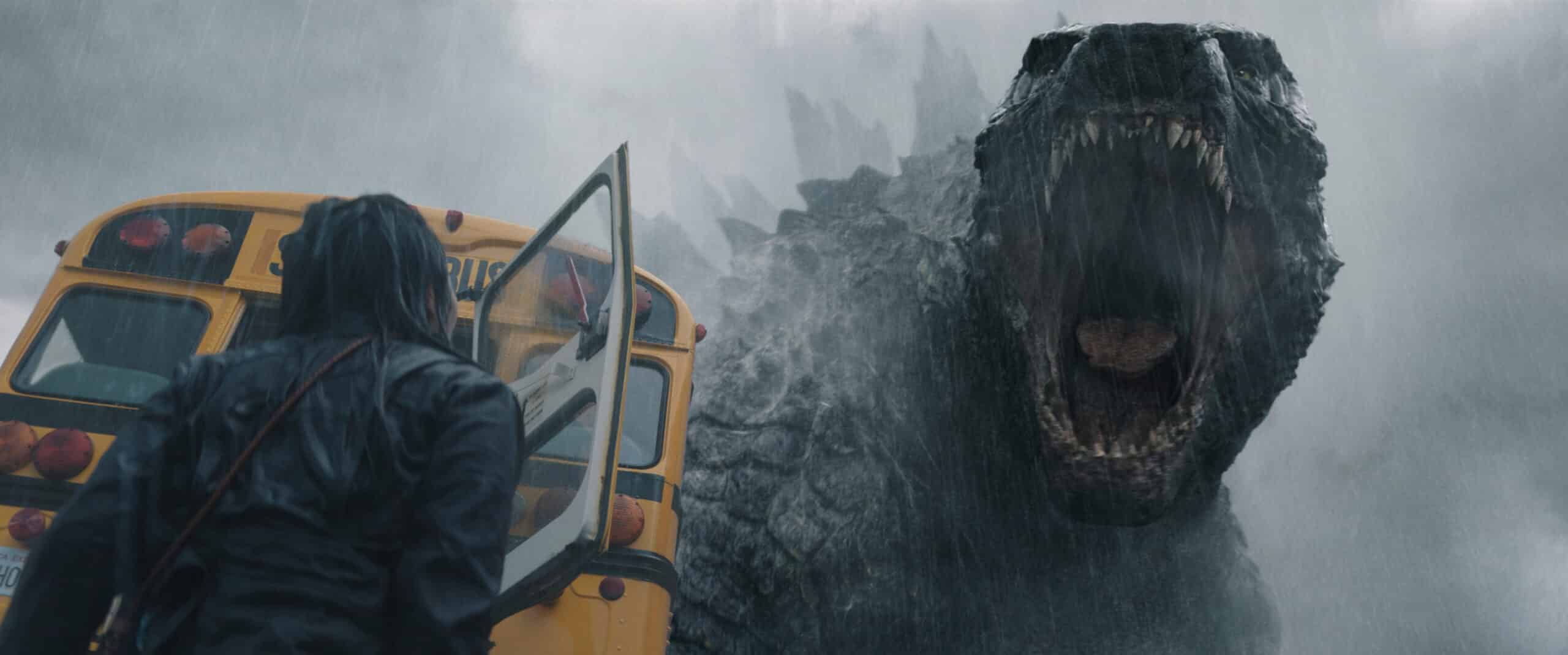
ClutchPoints: You had a really hard task: You had to kick off this show by directing the first two episodes. Was this something that you did voluntarily like when you're in school and you present before everybody else? And did you feel any pressure starting off the series?
Matt Shakman: I'm a huge Godzilla fan going way back to since I was a kiddo and watching the original Toho films with my dad. so when the opportunity to be a part of a Godzilla show came up, I jumped at it.
And then on top of that, what Matt Fraction and Chris Black had created [blew me] away by this multi-generational family drama and this mystery and intrigue and there was so much emotion and heart to it. It was surprising. And what was so successful about it for me was that they had managed to take what I love about the Toho and Legendary's MonsterVerse movies and figured out a way to tell it in a television format where you were rooting for these characters and they were drawing you in.
So as a filmmaker, you absolutely want to be a part of of launching something at the beginning like that where there are characters that you fall in love with where there's such a rich world to build, there's two different timelines going on, there are giant monsters.
And tone-wise and style-wise, you're going from heart-wrenching emotion to things with comedy to terrifying moments with monsters. So it's just a huge filmmaking challenge and so it's something that I just jumped at.
CP: I know you said you grew up on the movies, and I know you're in the MonsterVerse, so there might be some bias here, but do you have a favorite Godzilla movie?
MS: Oh, I mean, I love so many of them. I think I probably love those early Toho films the most, especially the first one, just because I saw them when I was little and there's just been a life of living with those images and playing with [the toys].
There was a Godzilla toy that I had when I was a kid that Toho made that I played [with] so much [that I] destroyed it — although I still have it kind of glued back together [smiles]. So I think it's probably that, but I really admire everything that has been made recently by Toho.
I'm so excited to see Godzilla Minus One and Shin Godzilla was amazing, and the Legendary MonsterVerse. What Gareth Edwards did with that with the 2014 Godzilla was extraordinary.
CP: That Godzilla you're talking about, the old school one, freaked me out as a kid. It didn't freak you out at all?
MS: [smiles] I love that. I still have it. It was the one that the hand shot off, and you would press the back of the head, and there was a little tongue with flame print on it. Yeah, I love that toy. [smiles]
CP: You mentioned Gareth Edwards, and I was talking to your showrunners yesterday, and they mentioned that they had to look at this series through the Gareth Edwards mindset, given that he kicked off the series with the 2014 Godzilla. So I was wondering since your first episode follows the events of his movie, what did the Gareth Edwards mindset mean to you?
MS: I really admire Gareth Edwards as a filmmaker. He is extraordinary at world building. He's brilliant at working with both the character moments and creating these big larger-than-life spectacle moments [that are] truly terrifying. And for us, we wanted to create a moment for Cate (Anna Sawai) on the Golden Gate Bridge in San Francisco as if it could have been another scene happening exactly at the same time [while] honoring Gareth's style, his continuity, his choreography.
Instead of being on this end of the bridge where Gareth was, we were on the other end of the bridge. And maybe perhaps there are 10, 15, 100 other stories that could have been told about people's lives in the aftermath of that particular moment.
But we also were following in the footsteps of Jordan Vogt-Roberts and Kong: Skull Island. We open the first episode with a nod to that film. And so we are building our own show, but we're honoring these other parts of the MonsterVerse and building this mystery and puzzle that kind of weaves in and around goalposts that have been established by other storytellers.
CP: I know you love those MonsterVerse movies, but did it ever feel like you had to force in references to other movies, or did it always feel natural?
MS: We didn't feel that we were forcing anything at all. We were telling primarily a human story, and that's what I loved about it was that this was a story about the Randa family, about Cate and Kentaro (Ren Watabe) figuring out that they were siblings and that their father was essentially a mystery to them or that the person they thought they knew was not the person that they knew.
And then we were also telling the story of their grandparents and how Monarch was formed and the traumas that they experienced that then were passed on to Hiroshi (Takehiro Hira) that then he in some ways passed on to Cate and Kentaro. It's a human-centric show that just happens to run into monsters along the way and that monsters are a part of that trauma.
They're part of that story, but rather than being up in the sky with Godzilla vs. Kong — which is amazing, and I love what Adam Wingard did — we're down on the ground with these characters having their lives affected by these monsters. So it all felt organic once we knew the human story that we were telling, the story about Monarch fell into place, and the story and where the monsters and how they would figure in, that fell into place, too.
But it always started with the characters.
CP: You've done a lot of TV. You've done sitcoms, you've done superhero shows, you've done everything. Did this feel any different? Given the scope, I'd imagine Monarch felt like making a blockbuster movie.
MS: It does in many ways, for sure. The scale, the scope of the show is extraordinary. We traveled all over the world to make it, which was part of the fun of it — it's a true globetrotting adventure, not just for the people on-screen, but for us making it.
We went to Tokyo, which was incredibly exciting to shoot where Godzilla was born on the streets of Tokyo, we were shooting a lot in Vancouver and British Columbia, going to deserts and glaciers, we were in Hawaii in the jungles, and that was all a part of telling this global story and this adventure and giving it as much authenticity as possible, grounding the story in the places and the people.
That also helps make the things that are not real, those monsters, so much more real.
CP: You did WandaVision, which played directly into the story of Doctor Strange in the Multiverse of Madness. But now you're on the other end of this coin because you're now coming and doing a series that's continuing the story in a universe primarily told in films. Did that adjustment feel difficult?
MS: I think in the case of WandaVision, or in the case of Monarch, they're a little bit like baton races. You have people telling stories and they pass you the baton and you tell your story and then you pass the baton and there's another movie coming from Legendary soon, which will be very exciting.
But this show is unique in so many ways in that it was built for television. It wasn't trying to compete with the movies. It wanted to honor the scope and the scale and these amazing characters, of course, but it was built using what television does best in the same way that WandaVision was built that way, too.
WandaVision was honoring television. It was talking about how we gather around the television for comfort. When we're grieving, we gather around TV. This show is trying to tell a story of grief and trauma as well, and about mystery and discovery.
And it's using the language of television in such a great way. It's following these characters from episode-to-episode as they encounter these amazing moments and these monsters, but it makes you want to come back week-to-week. It makes you invest in these characters in a way that television can really do better than movies.
[With] movies, we've got two hours to tell a complete story. But [with] TV, we want to live with these characters. We want to bring them into our living rooms week after week.
CP: You mentioned growing up with a Godzilla toy, and the toy that I grew up with was the 2005 Fantastic Four movie, it was a ship that had all four of the characters in it. I don't know what their spaceship was called—
MS: Was it the Fantasticar?
CP: Yes, and that was a toy that I loved, and I think I still have somewhere in a toy chest buried away. But those were movies that I grew up on, and since we have had two recent live-action interpretations of the Fantastic Four, how do you plan on differentiating from two other takes that happened relatively recently?
MS: You know, I love the Fantastic Four much like I love Godzilla. I grew up reading those comics and those characters are so alive for me. I have to pinch myself that I get to work with them and live with them and help bring them to Marvel Studios and to the MCU.
That's a huge opportunity and so I'm just passionate about bringing them to life and honoring what I love about the comics from [Jack] Kirby and [Stan] Lee to [John] Byrne to some of the modern runs and [Jonathan] Hickman and what Ryan North is doing now.
There's just so much rich material in the comics. They are Marvel's “First Family,” and I think that's one of the things that's so special to me about them. They are a true family [smiles], unlike the family you find along the way, like the one we have in Monarch, or the Avengers, or the X-Men. They're a true family.
Well, I guess Cate and Kentaro, they're the true family too — and there's so much messiness to them. to the Cate and Kentaro relationship. There's love and there's also tension and that's what makes the Fantastic Four work too. It's that same messy family stuff that I love, and that's a big part of the heart of it.
The first two episodes of Monarch: Legacy of Monsters are streaming on Apple TV+.

